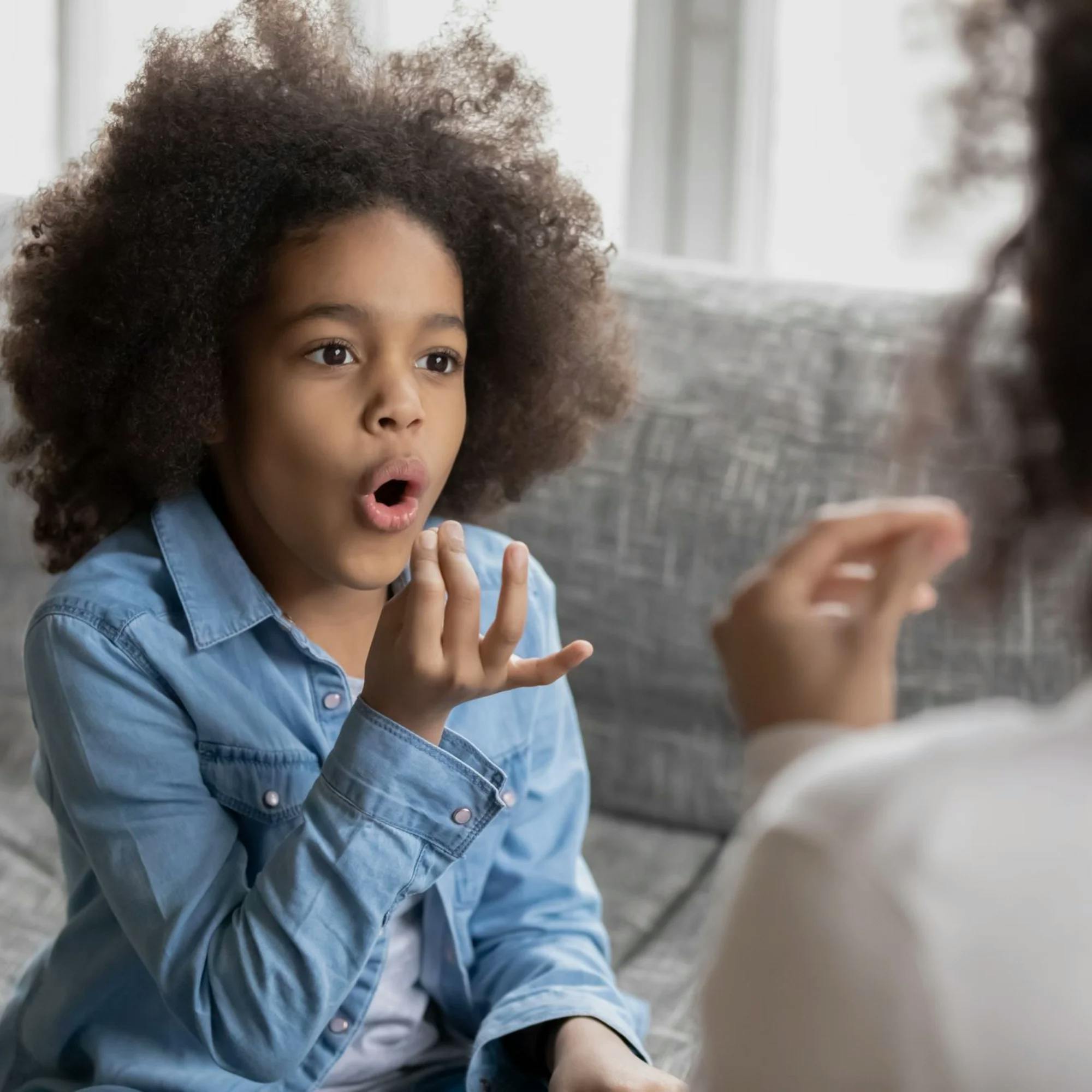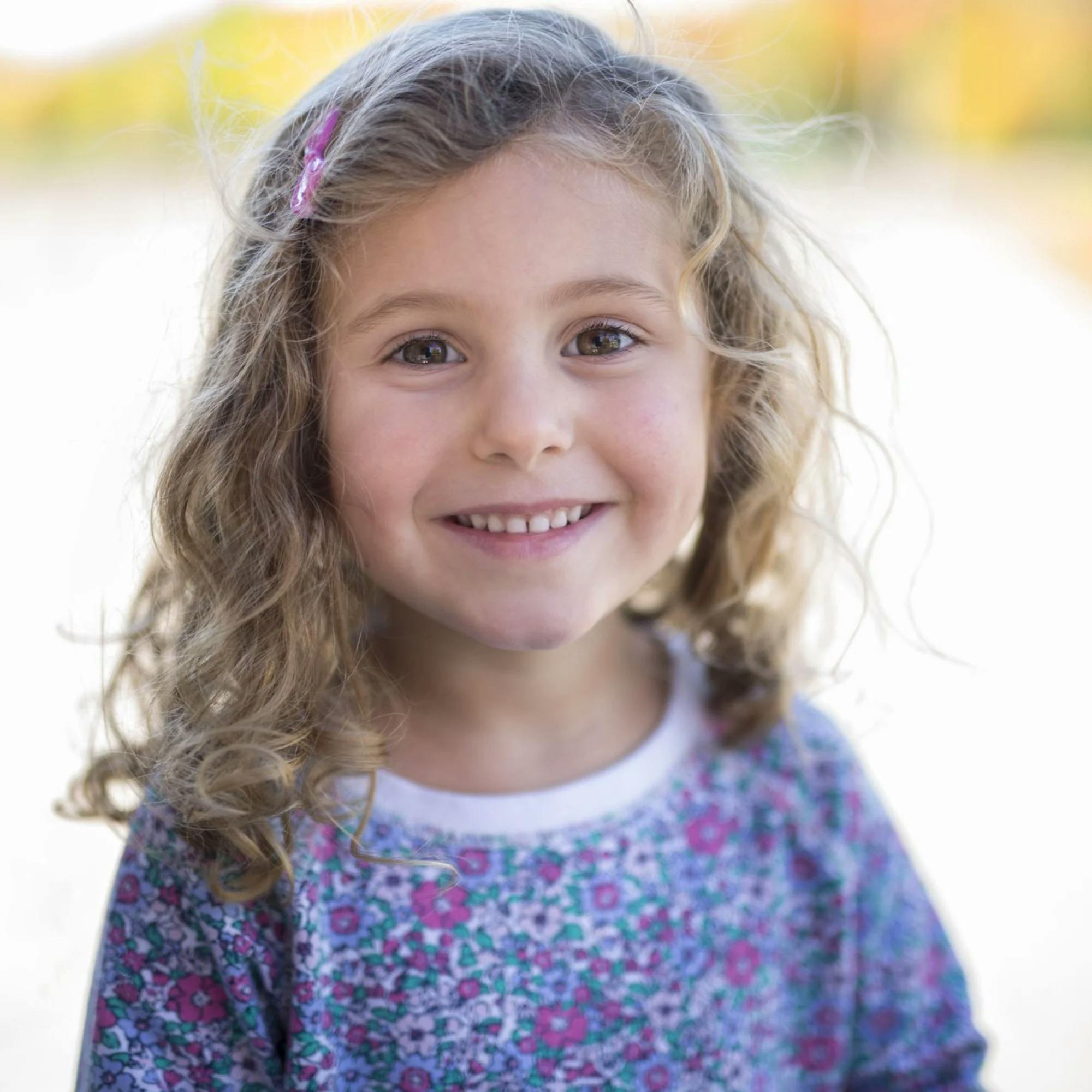Pronouncing the "SH" sound correctly can be a struggle for many children as they develop their speech skills. It's a common error that speech therapists encounter.
In this post, we're going to cover some important details about this critical sound and provide some tips to help your child learn to say it accurately.

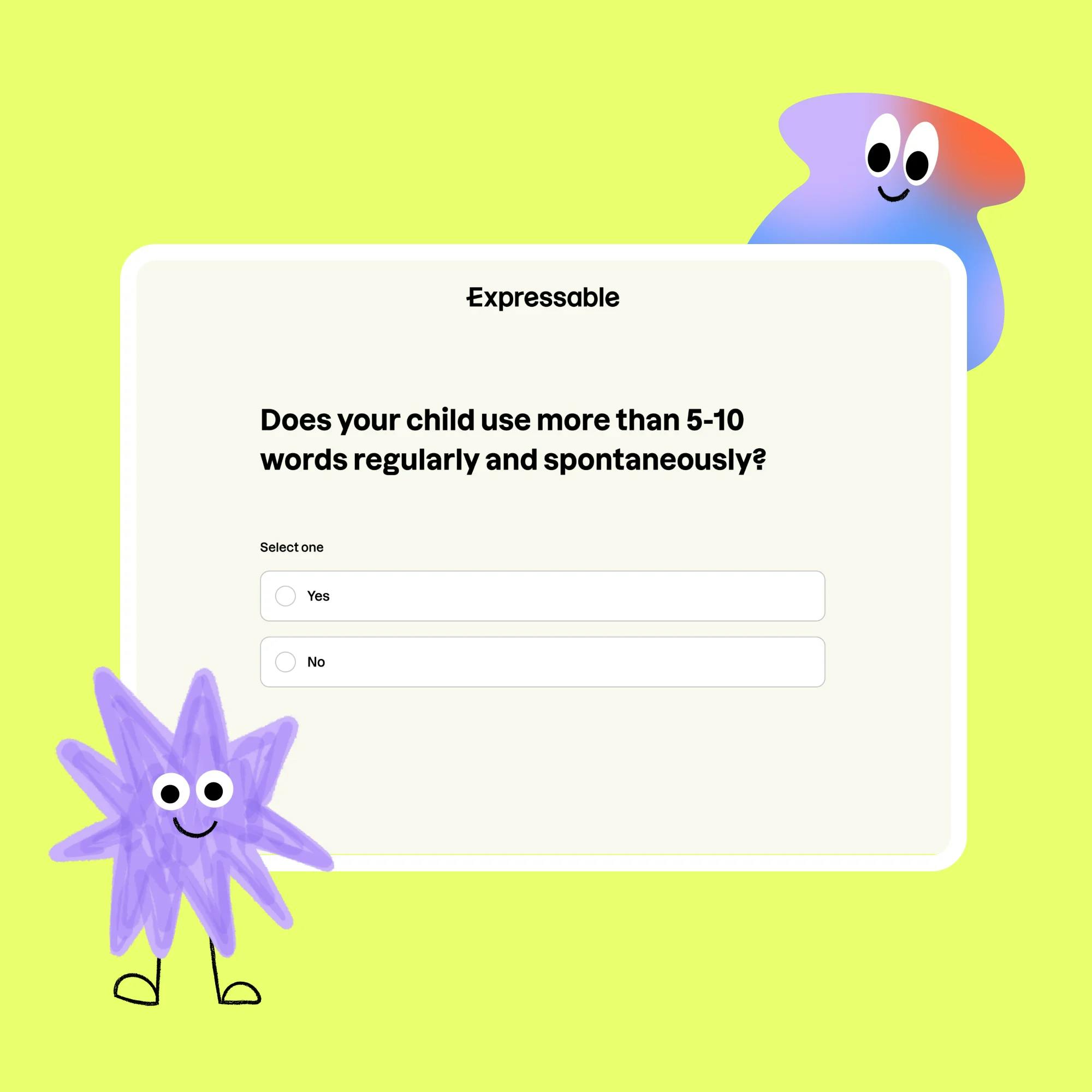
At what age should children say the "SH" sound?
There is a wide age range in which the “SH” sound can be acquired in a child’s speech development. Typically, you should begin to hear correct productions of “SH" between the ages of 3.5 and 7 years.
When does a child need speech therapy for the "SH" sound?
If you notice your child struggling to pronounce this sound, you shouldn't wait until age 7 to begin practicing. If a child is having difficulty with the “SH” sound by the time they go to kindergarten, it's wise to begin working on their production. You may also want to contact a speech therapist for an evaluation. There are two main reasons for this. One, the earlier a children receives intervention for correcting the "SH" sound, the more progress they're likely to make. Two, at around age 5, children may become more self-conscious about their speech errors as they begin to socialize with peers in school and compare their speech.
If “SH” errors are affecting your child’s ability to be easily understood, this is another sign you should begin targeting the sound. Speech intelligibility is important not only for social purposes, but also for emergency situations. If your child needs to communicate with someone who isn't familiar with how they speak, you want to make sure they can clearly express their needs and be understood.
Above all, it's a good idea to remediate speech sound errors as soon as your child is ready. Speech errors can become a harder habit to break as a child gets older. If your child is able to imitate a correct “SH” sound from you, this is a good sign they're ready to learn how to use it in words.
Common errors of “SH” production
There are a couple of "SH" sound errors that are commonly produced. For example, a child may produce an /s/ sound instead of “SH,” saying "sy" instead of "shy."
Another error is a distortion of the “SH” sound. A child may have incorrect tongue placement, or keep their mouth slightly too far open. If there is any difference in placement of the tongue, or the teeth aren't close to touching, you will hear a distortion in the production. There can be several different distortions of “SH.” It just depends on how the child has approximated the pronunciation. It will sound like a very clear error no matter how they're incorrectly placing their tongue.


How to make the “SH” sound
In order to say a correct “SH” sound, how the tongue is positioned in the mouth is extremely important. The tongue should be in a neutral position in the mouth--level, and not too high or too low. The sides of the back of the tongue should touch the insides of the top back molars. This is a good way to determine if the tongue is at the right level. The tongue tip should point toward the front teeth, and sit just slightly behind the two front teeth.
Once the tongue is in this position, round the lips and blow air over the tongue. This is what makes the “SH” sound. Try it yourself!
For a quick tip, try saying “eeeeeee.” Then, bring your lips into a rounded position, keeping your voice on. You should automatically produce a “SH” sound just by changing the lip position. It should sound like “eeeeeeessshhhhhh.” How cool is that? The reason this works is because the “eeeee” helps get your tongue in the correct position. The rounded lips take care of the rest.

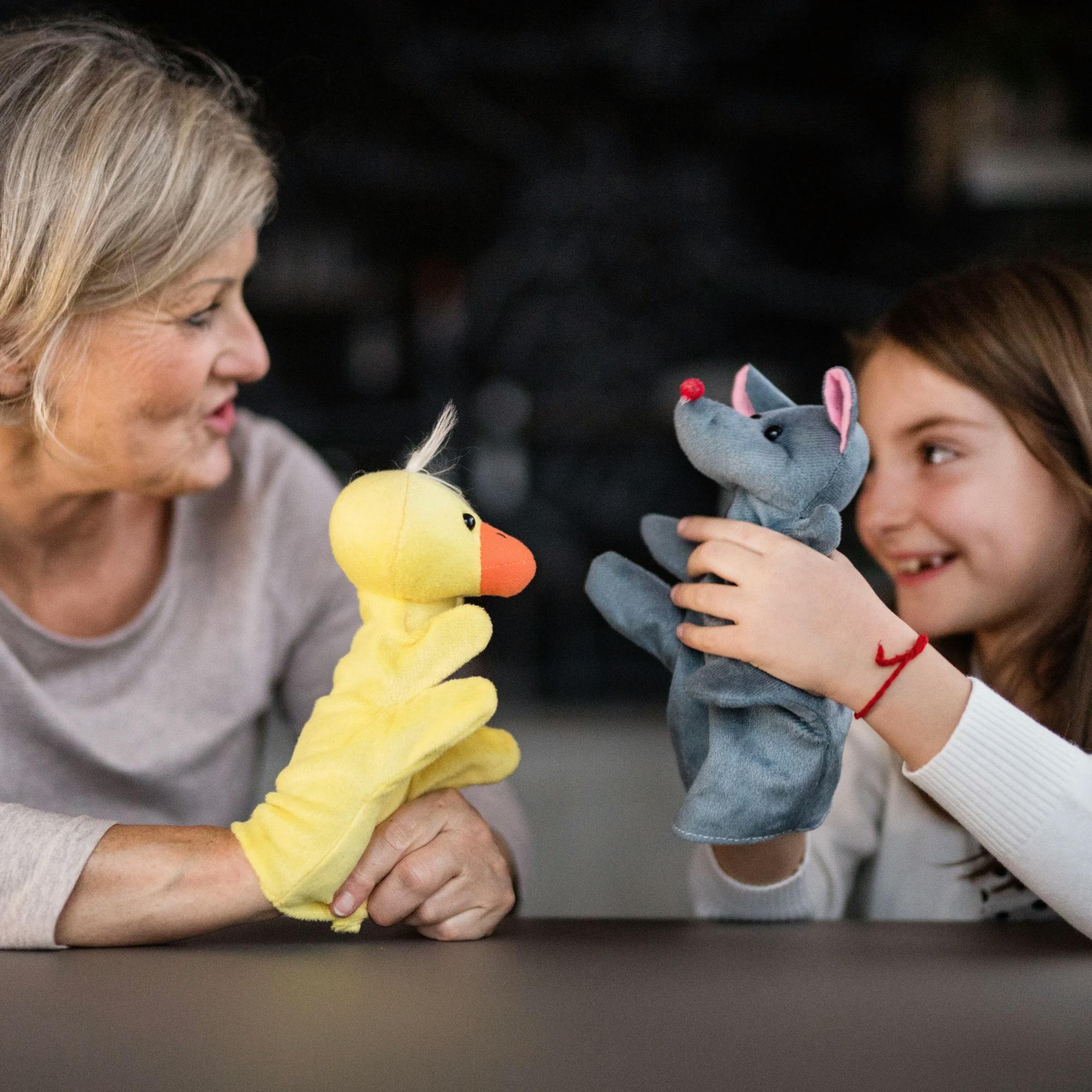
Tips to help your child improve the “SH” sound
If your child is having a hard time producing the “SH” sound, follow the tips below to help them out. Some of these may be more impactful for certain children, so it's best to practice them all and see which one leads to a correct "SH."
Identify “SH” words in everyday speech
A child has to be able to identify correct “SH” words in order to change their productions. So point out words with “SH” in everyday speech. You should also try using these words routinely in your daily conversations, and have your child point them out every time they hear one.
Have fun and make it a game! See who can identify the most “SH” words in a day.
Identify correct vs. incorrect productions
Here's another simple but effective game you can play with your child to improve their “SH” sound. Say the “SH” sound for your child correctly and incorrectly, then have your child identify and spot the difference.
Keep tabs on this to monitor their accuracy. You'll want to make sure your child is 100% accurate in their ability to discriminate between correct and incorrect productions before beginning actual practice of the sounds.
Practicing the "SH" sound
Use these tips to target actual “SH” sound productions with your child.
To start, make sure your child understands the correct placement of the articulators (the lips, teeth, and tongue). Review the correct placement described above, and see the helpful video below for more practice.
Once your child understands the correct placement, start by practicing the “SH” sound in isolation. This means just the “SH” sound by itself, not in words. Have your child imitate your productions after you. It often helps children to have a direct model. Over time, try to fade your modeling and allow your child to say the “SH” sound on their own.
When your child can produce the “SH” sound in isolation easily, it's then time to move on to syllable level. You will continue practicing in structured contexts. The typical order of progression a speech therapist would follow in treatment is as follows: isolation level, syllable level, word level, phrase level, sentence level, and conversation level.
Activities and exercises to practice the "SH" sound
To keep your child engaged in practice, you have to keep things new and exciting! What’s great about speech practice is that almost any activity can be used to improve speech and language skills.
First, decide on an activity that your child loves. Maybe they love arts and crafts, are very active and love playing outside, or they’re competitive and love a fun board game. Whatever it may be, find a way to work some practice of the “SH” sound into this activity. You can do this by having your child practice a few productions in between each of their turns.

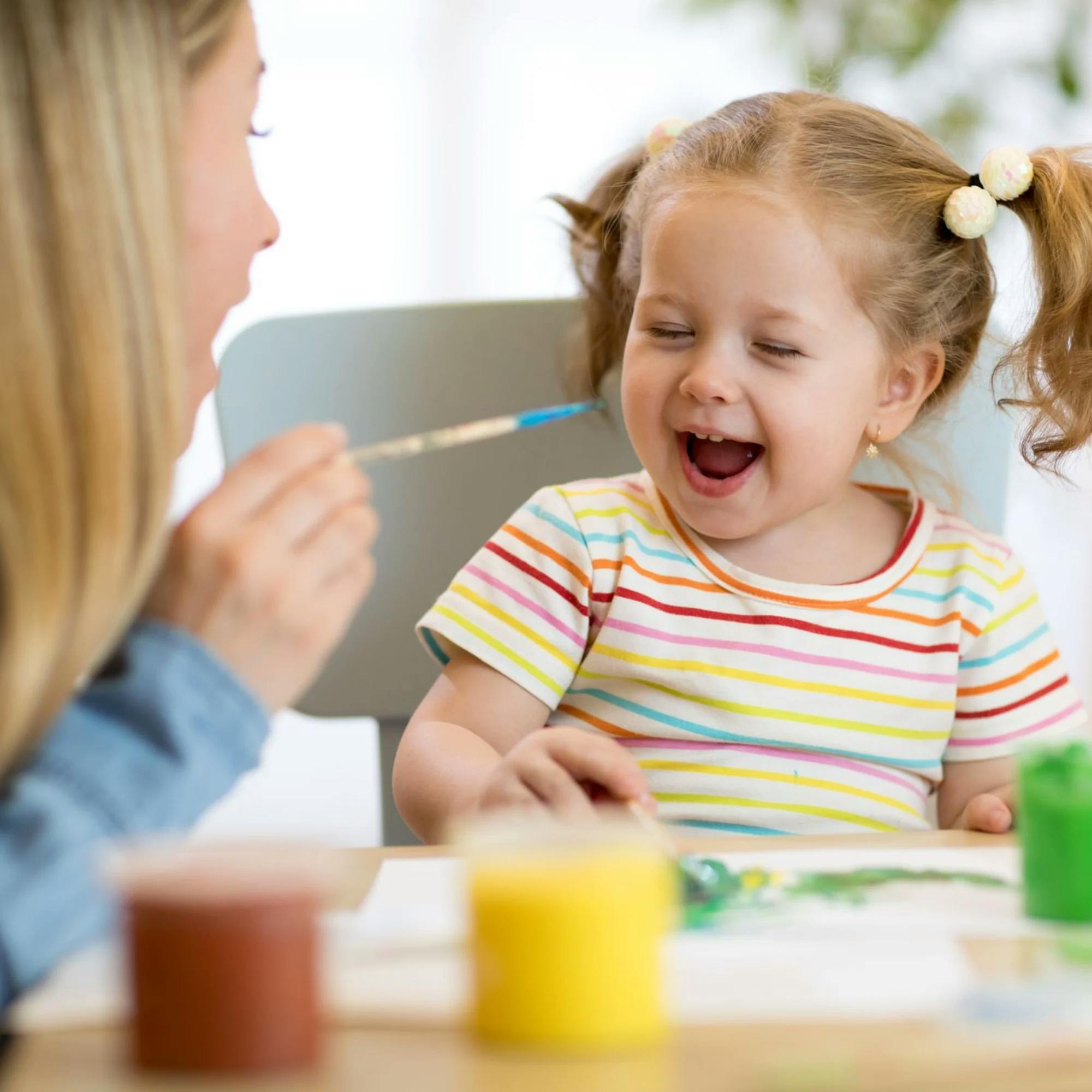
Keep practice consistent
Make sure you target these speech goals at least a few times a week. Progress happens faster when practice is consistent. The time spent investing in your child’s communication skills will get them on the road to clearer and more confident speech!
How Expressable Can Help
Concerned your child isn't reaching age-expected milestones? Looking for communication support from a professional? Expressable is a national online speech therapy practice serving children and adults. We treat all major areas of communication and feeding, offer flexible hours including evenings and weekends, and accept most major health insurance plans. We’re proud to have earned more than 3,000 5-star reviews from our clients (4.9/5 average).
Our therapy model is centered on parent and caregiver involvement. Research proves that empowering caregivers to participate in their loved one’s therapy leads to better outcomes. That’s why we combine live, 1-on-1 speech therapy with personalized education and home practice activities for faster progress.
Communication is more than words. It’s how we share how we feel and show who we are. We’re here to help you or your child do just that.

 Abby Barnes, M.S., CCC-SLP
Abby Barnes, M.S., CCC-SLP



